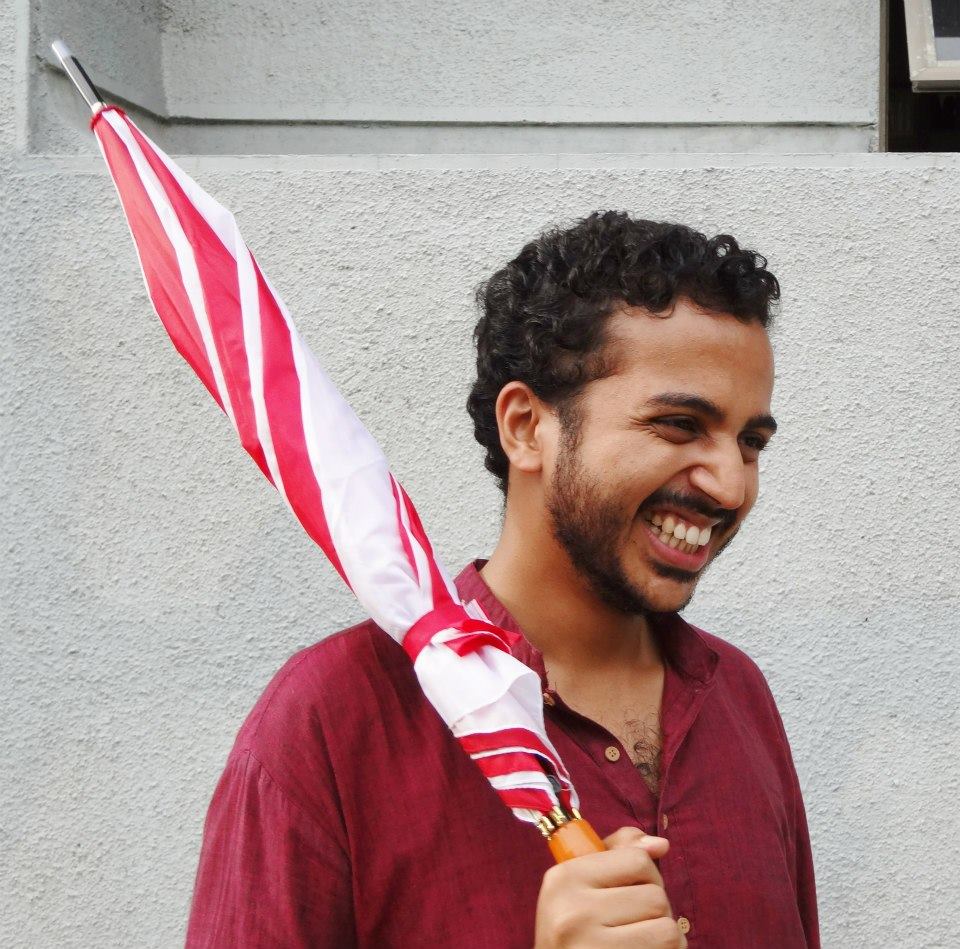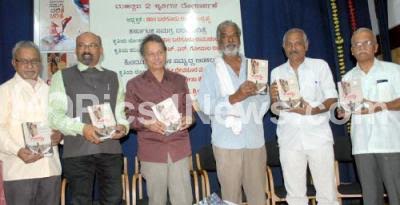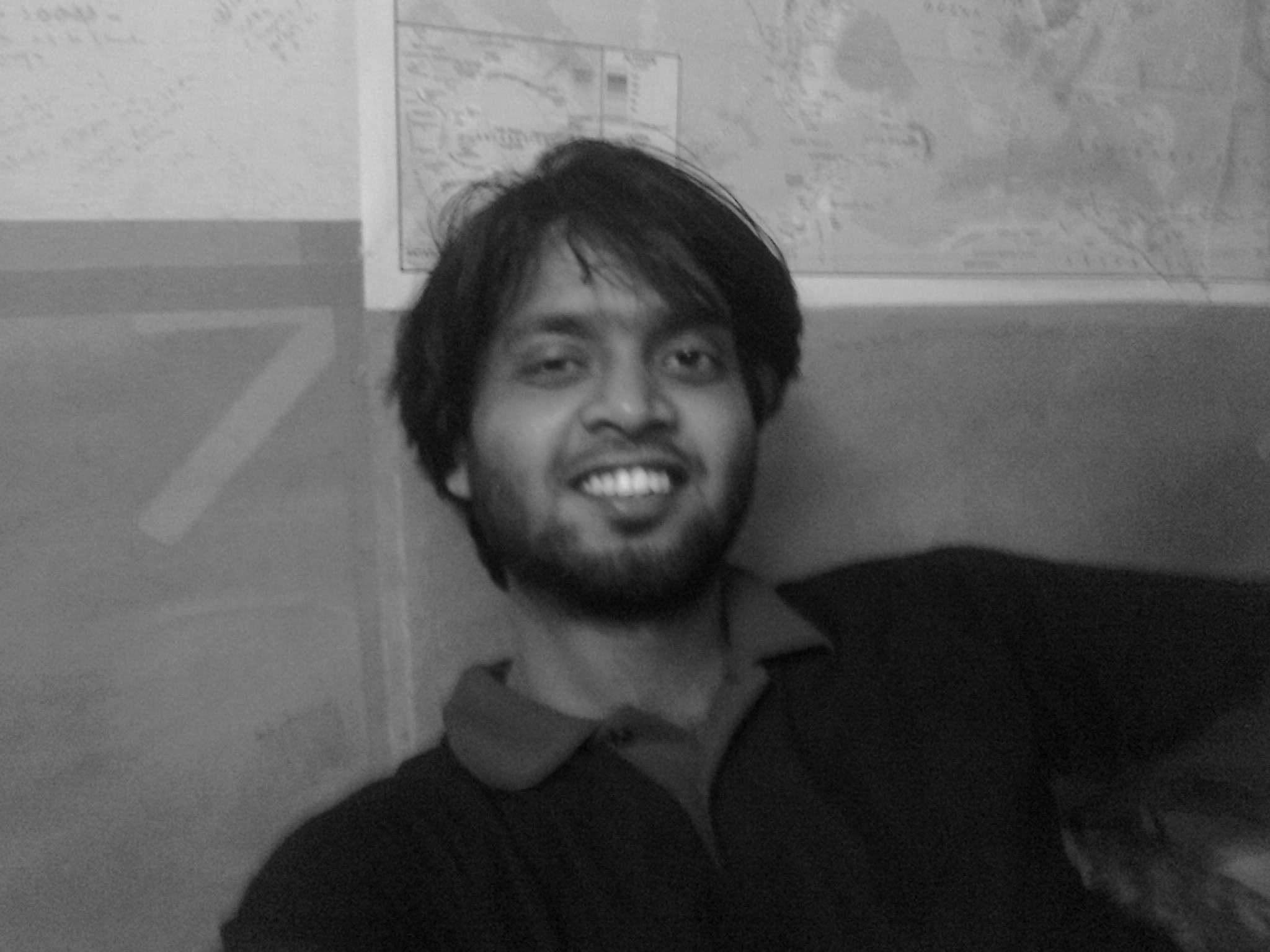Nidhin Shobhana
 In this essay, I am re-reading two stories from my life. I think such an exercise is meaningful – especially when we are debating the protocols of food. I will try to weave an argument with the help of my stories. My argument is not original. It simply plays a supportive role to the body of anti-caste articulations on food.
In this essay, I am re-reading two stories from my life. I think such an exercise is meaningful – especially when we are debating the protocols of food. I will try to weave an argument with the help of my stories. My argument is not original. It simply plays a supportive role to the body of anti-caste articulations on food.
The first story
For a very long time, I had hidden this story from my routine. I never thought of it as important. Nevertheless, I always knew that I had not ‘figured out’ its full import. We often figure out old forgotten experiences when we attain new frames, new visions to look at it. Let me narrate the story.
Rita Diza Nikam was my favourite teacher in class 6. She taught us Marathi. She was witty and brilliant. Her stories were full of colours, tastes, places and people. She was a storyteller par excellence. We were inspired and captivated by her stories. Nevertheless, it was during her Marathi essay dictations that we saw the best storyteller in her. On that particular day, the topic was ‘A picnic outing with my family’. She started dictating an elaborate storyline. This included tasty details of how the family prepared food for their outing. Detailed descriptions of the recipe and the process of cooking watered my mouth. The essay was full of food. The mutton biryani, its spicy chutneys and gravy spilled all over the essay. For me, writing became an extremely sumptuous experience. However, to my surprise, my friends and neighbours in the classroom did not seem very impressed. I could not figure out their disgust and discontent.
After school, we flocked in groups, to our private tuition classes. In my tuition class, we were mostly children of parents, who had very little or no idea about English or Marathi. We were children of migrant industrial workers and security men. With great enthusiasm, I handed over my Marathi composition book to Bora Miss, my Marwari Jain tuition teacher. I honestly felt that she would appreciate the essay. I was wrong. With a glance or two, she skimmed through the essay and looked at me with disapproval. She took out a Navneet essay guide and marked a few pages for me to memorize. Those pages dealt with the same topic, differently. I never asked for reasons back then. I obeyed my tuition teacher. I memorized those pages, killing my earlier felt nascent joy. The essay that I memorized described a family picnic to a temple and an adjoining garden. This family did not discuss or prepare any interesting recipes. They had sandwiches and chapatis with fruit juice and salads. All packed in silver foil. No spilling, no spice, no laborious preparation and well, no mutton.
Today when I think of this story, I understand the reasons for my joy and its subsequent killing. Rita Diza Nikam was a Maharashtrian Dalit Christian teacher. She taught with a creative missionary zeal. She picked and processed examples from her context – a context, which resonated with mine. We connected over mutton and its affect. Her essay was agential and privileged good storytelling. It spoke to a different audience. It subverted the caste protocols of the usual essays made available to a class 6 student. More precisely, it replaced the tasteless, oppressive protocol of food with tasty and real descriptions.
However, my tuition teacher soon replaced it with disconnected descriptions of a family I would probably never dine with. My tuition teacher taught me the ‘right’ essay, which described the ‘normative’ family. This clearly meant a complete denial of my own experiences. Today, my tuition teacher reminds me of Mr M.K. Gandhi who described Christians as the ‘Beef and brandy’ people.
The Second Story

This story, unlike the first one, was a part of my daily familial routine. My mother belongs to a ‘not-so-well-to-do’ Orthodox Syrian Christian family while my father belongs to a Dalit Marthoma Christian family. The former obsessed over myths of Brahmin conversion while the latter ‘deleted’ their histories consciously. My maternal side proudly call themselves Syrian Christians and Communists in the same breath. They were poor but they had a myth and a kin-name to claim superiority. On the other hand, my paternal side with many nurses and military men had nothing similar, to do the same. We can best explain this superiority and hierarchy in terms of caste.
My parents were married in the year 1983. On the day of their marriage, the food was served at my father’s residence. As the marriage party proceeded to the lunch counter, a few elderly men from my mother’s side raised an alarm. On enquiry, it was clear that they were angry about the menu. They questioned my paternal grandfather on serving ‘pothu (buffalo) biriyani’ on such an auspicious occasion! My mother’s grandfather immediately left the venue, stating that they had committed a grave mistake by marrying my mother to a ‘margavaasi’ (a derogatory term used for Dalit Christians)
The alarm over ‘pothu biriyani’ brings me back to my discussion on the ‘protocol of food’. In the second story, more than the consumption of beef, the place and time of consumption mattered. When can one consume beef? If you serve beef untimely and ‘out-of-place’, you distort the ‘protocol of food’. You will be abused and walked over. The second story, in many ways exemplifies the politics of food and caste within a beef consuming community. Beef, in the preceding instance, is not auspicious but more of a ‘guilty pleasure’ that accompanies brandy.
In lieu of a Conclusion
Drawing from these stories, I would like to pose a few questions. How do we talk about food? Should it be a conversation of hurt sentiments or hegemony? Who are our imagined food audience? If food has a protocol, how do we explain it? Should we explain it in terms of ‘what is practical’ or ‘what is privileged’? How do we de-naturalize this protocol? Should it be in terms of ‘diversity’ or ‘exploitation’?
I think the key to these questions lie in history. We do not have recorded histories. We need to construct a ‘history of the present’. Such an exercise will emplace and people food. This will expose the privileged authors of the so-called practical secular recipes. It will also expose who are denied their experience of food. Further, it will link the food and its actors in a relational scale. For example, we will be able to place the varan bhaat of Brahmins and the mutton rasa of Bahujans in a system of hierarchy (and not in a system of diversity). We need to eat and write food.
Feminist philosopher, Elizabeth Minnich aptly states that we cannot simply add the fact that earth is round to the belief that earth is flat. We need to change earlier beliefs with facts. Let us remember that food is not about food alone. It is also about our sense of dignity and belonging. Spaces (let it be textbooks or universities), which deny my food, also deny my sense of dignity and belonging. It is simply not about adding new items to the menu. It is about changing the way we understand and practice food.
The recent debates and actions at TISS on the ‘politics of food’ have inspired this short essay
~~~
Nidhin Shobhana works with KSPWSC, Savitribai Phule Pune University.
Cartoon by Unnamati Syama Sundar.










